Are you one of the 83.7% of Americans that live in an urban environment? If so, it is important to look at the unique challenges of city living when making your urban survival preparedness plan. In this article we are going to look at a few of the most important urban-specific challenges. We will show you how you can plan around them to ensure you thrive when the next disaster strikes.
Table of Contents
Challenge 1: Packing an Urban-Specific Survival Kit

Most survival planning and bug out bags you see out there are designed with the intention of surviving in the wilderness for days or weeks. They will be loaded with gear that has no usefulness in an urban landscape.
When packing your urban bug out bag make sure you carefully consider each item for its utility in an urban survival situation. Here is some urban-specific gear you must add to your urban survival kit:
Multi-tool: A good multi-tool will ensure you have everything you need for urban survival. These tools often have screwdrivers, a saw, scissors, pliers, a can opener, rulers, a bottle opener, and more. They are truly indispensable.
Pry bar: The pry bar is an incredibly useful tool. You can use this for search and rescue, moving debris out of your path, and scavenging food. You can pry open locked doors, vending machines, and more.
Four-way water key: Also known as a Sillcock Key, this will allow you to access water when you need it most. Commercial buildings have special tamper-resistant hose bibs on the exterior of the building that make it impossible to access their water supply without a Sillcock Key. If you have one of these, you will be able to access water from any urban commercial building. This is critical for urban survival.
Personal Protective Equipment: An urban disaster zone will be full of dust, smoke, and other airborne debris. When it comes to urban survival, it is critical that you preserve your eyes, lungs, and ears by packing gear that will protect them. This should also include protection against biological hazards, such as a pandemic. Ensure you have N95 masks for this purpose.
Emergency radio: Never forget that having adequate information about a situation can mean the difference between life and death. Always have an emergency hand-crank radio. If you are near an urban center you will have access to NOAA radio broadcasts that can keep you informed of the developing disaster and recovery.
Tactical flashlight: This needs to be more that your average flashlight. It must be bright, be compact, and have a flash setting that can easily confuse an opponent.
Self-defense item: Urban centers have a higher population density, which means you are far more likely to encounter other survivors. If they are unfriendly or looking to steal some of your carefully planned urban survival gear, you will want to discourage them, forcefully if necessary. This leads us to our next point…
Challenge 2: Be Prepared to Deal with Other Survivors
The densely populated nature of our urban centers will mean that after a disaster there will be a great many other survivors you will encounter. You should be prepared to deal with both friendly and unfriendly people as you make your way to safety.
Unfriendly Survivors
Unfriendly survivors should be avoided like the plague, but if it looks like you need to come into contact consider the following:
- Try to be a gray man if possible. Do not give away that you have a bug out bag packed full of survival gear. This will make you a target.
- If confronted, have a self-defense item ready. This should be something you are comfortable with and able to use. Firearms, pepper spray, and slingshots are all good options. Melee weapons can also be considered, but will be of limited usefulness when wielded by a smaller person.
- Travel in a group whenever possible. A single person traveling alone is a far easier target than a group.
- Always be aware of your surroundings. Know who and what are around you at all times. You have to be aware as to whether you are being followed and when you are entering an area that appears dangerous.

Consult With Survival Pros
For Those Serious About Their Family's Life-Assurance Plan (and Not Just Life Insurance)
Learn MoreFriendly Survivors
Friendly survivors should be avoided if there is a plague! Otherwise, they should be approached cautiously. You never know when an encounter with a stranger may turn desperate.
However, meeting friendly survivors provides some of the best chances to both gain information and barter for food, water, or gear that you may need. In order to barter, you will need some desirable items to trade.
Any of the following make good barter items as they are small, lightweight, and have a high barter value in a disaster zone:
- Batteries
- Lighters or matches
- Water purification tablets
- Band-aids
- Paracord
- Antibiotics
- Cigarettes
Challenge 3: Take Advantage of the Resources Around You
A big advantage you have in an urban survival scenario over a wilderness one is the availability of resources spread throughout the area. Water should be easily obtainable from water towers and fire hydrants. Shelter should be easy to come by as well. You can rest or sleep in any abandoned building or build you own shelter out of easily scavenged building materials.
Finding these three basic necessities—food, water, and shelter—should be relatively easy, at least in the early days after a disaster. Here are some potentially abandoned places where you might find these necessities:
- Homes
- Apartment buildings
- Stores
- Warehouses
- Fire stations
- Restaurants
- Office buildings
With those basic needs out of the way, you should be able to focus your energy on the recovery efforts.
Challenge 4: Two Plans Are Better than One
When making your bug out plan for an urban survival location it is best to have two primary options scoped out. One is to evacuate. This however becomes nearly impossible if you are unable to execute it within the first hours of a disaster. Exit routes become hopelessly clogged with other evacuees or may even be closed as a part of the disaster response. The lesson here is to either be a first mover or plan on riding out the storm.

Exclusive Survival Gear Deals
Access survival equipment we’ve fully tested so we can recommend it to you.
Bugging In
If you miss your window of opportunity to bug out, you should have an option in your plan to shelter in place. It is essential to stock your home with food, water, and supplies to last as long as you think you will need them. Based on the threats you are facing this may range from a couple days to over a month.
Carefully consider your options and stock up accordingly. But be sure not to store all of your food, water, and supplies all in one place. Separate them throughout your house. Store some in concealed areas or in caches buried in your yard if you can. This way, if anyone raids your home, they might not get everything.
In addition, here are a few things to consider to help you be self-sufficient over a long period of time:
- Invest in a generator to keep the lights on and your refrigerator running as long as you can top up fuel. But keep in mind that a generator might not be an option because they do make a lot of noise and it could draw unwanted attention. There are also ways to make a generator run more quietly. But you have to ensure this is done as part of your prepping, ahead of disaster.
- Maintain a balcony or rooftop garden to help extend the amount of time that you can remain self sufficient.
- Set up a rainwater collection system to ensure you have water at your disposal at all times. Just remember, you still have to purify and filter rainwater.
- It is critical to ensure your lights and cooking odors are not detectable from the outside. You do not want to draw attention to your home. If you have light or the smell of food coming from your house, people will be knocking. Others will simply break in and take what they want.
- Prepare to defend your home and your family. Have weapons and develop the skill to use them. Be ready to do what it takes to defend your home. However, you should also know when to surrender what you have. No single person or even an average family can stand up to a gang of raiders.
- Be sure you dispose of garbage discreetly. Therefore, burn what you can or bury it, but keep it out of sight. You don’t want people to see that you have been canned gourmet soup and crackers while they’ve been starving.
Surviving In the Urban Landscape
As you can see there are some unique challenges the urban landscape presents, but with some careful planning you can easily overcome them. As always, assess the threats you are most likely to face and make your plan and survival kit tailored to what will be most helpful to YOUR individual situation. Good luck prepping for your urban survival!


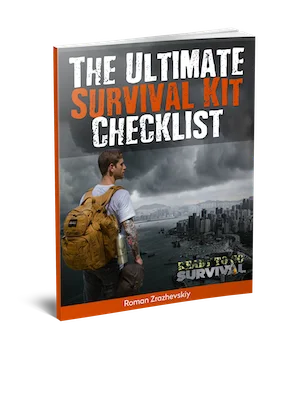







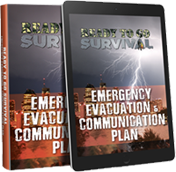
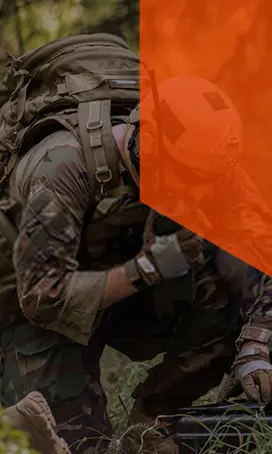

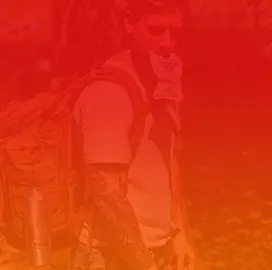

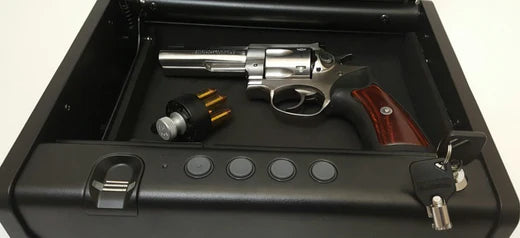
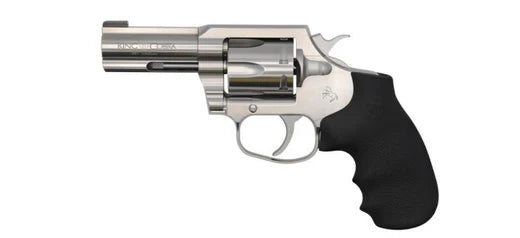

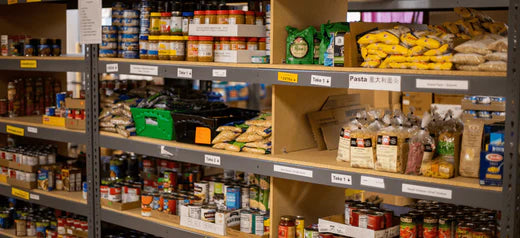

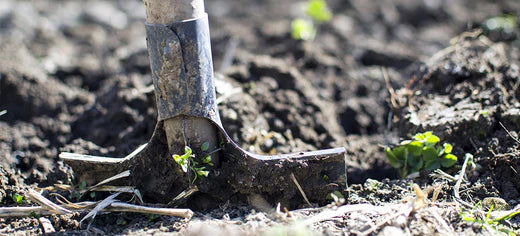
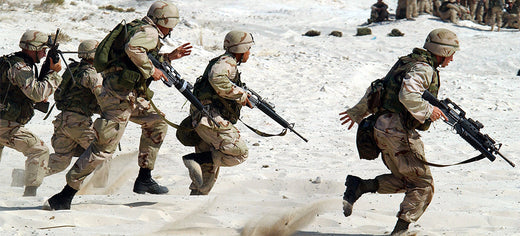
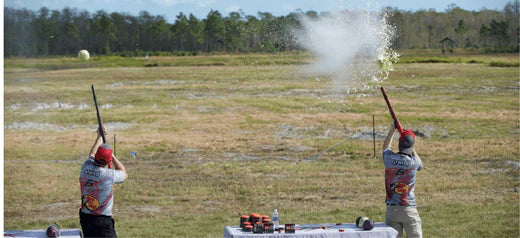
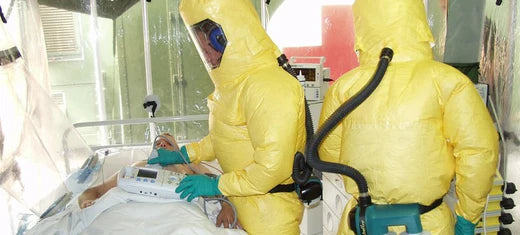

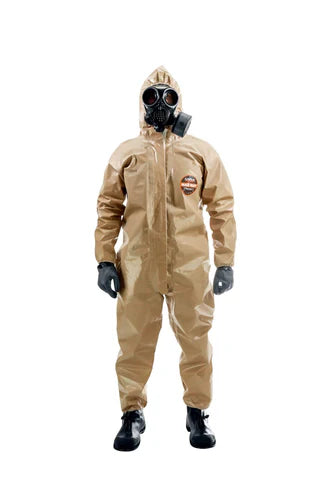
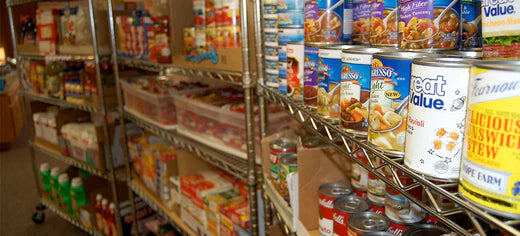
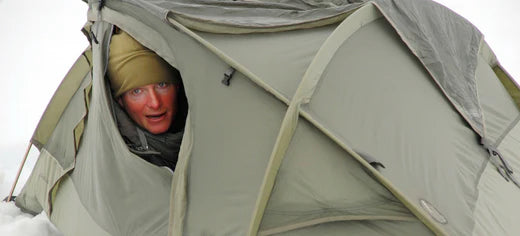
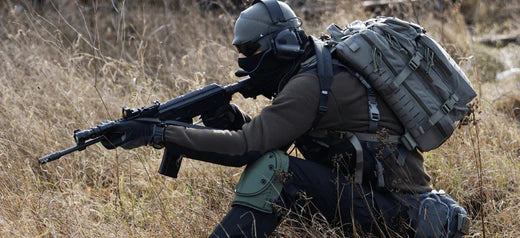


Leave a comment